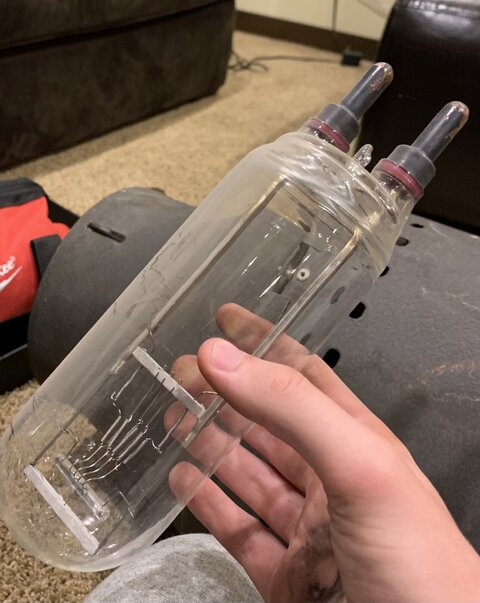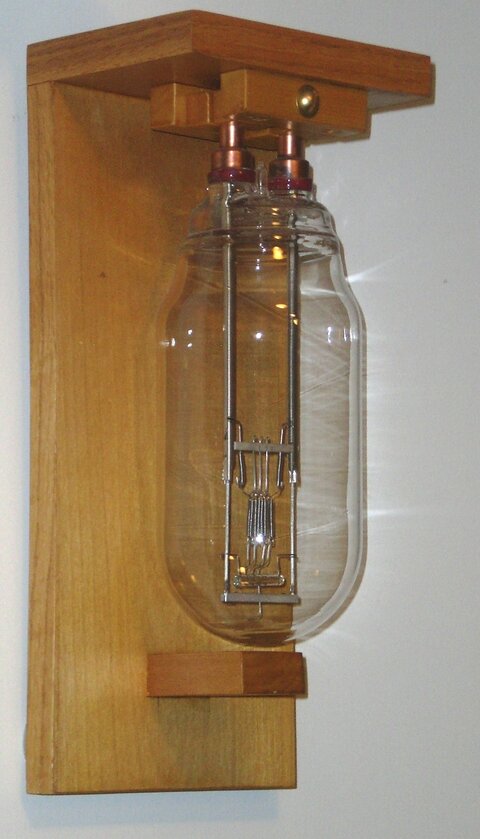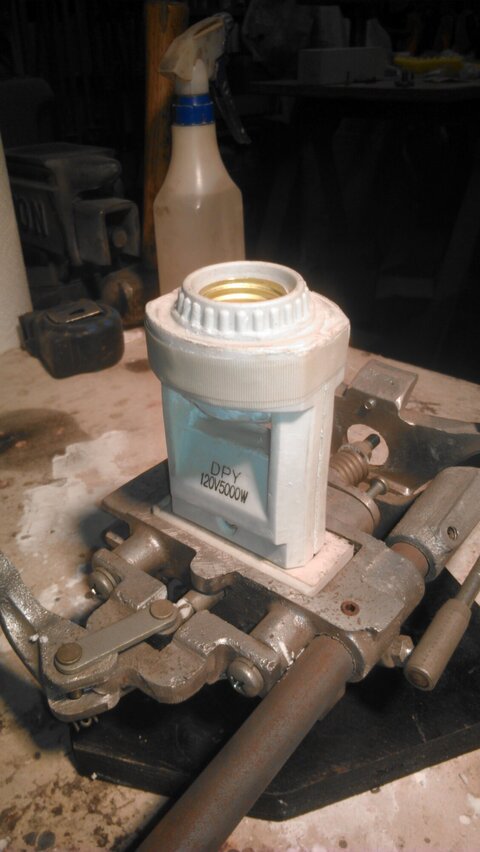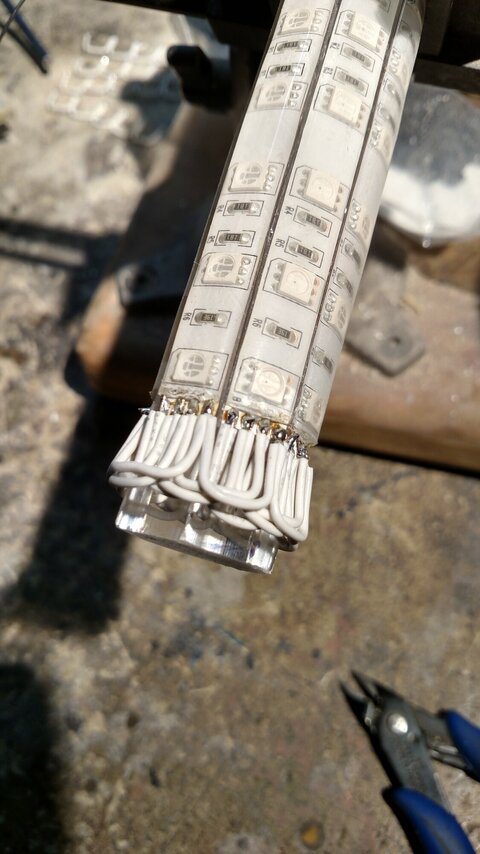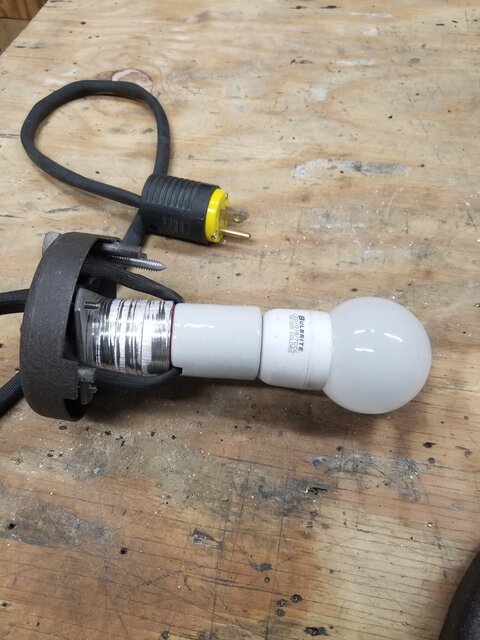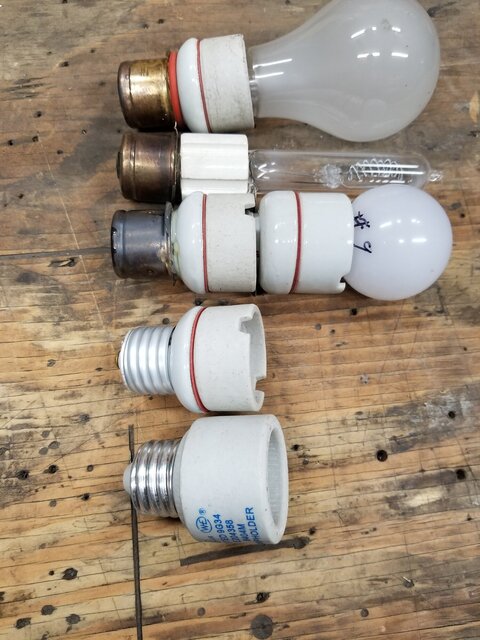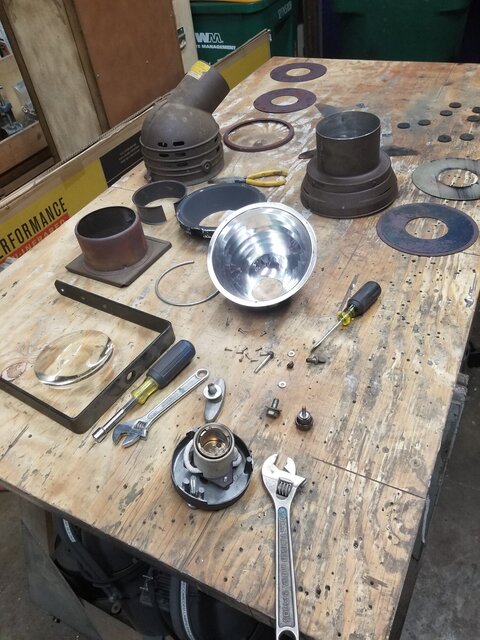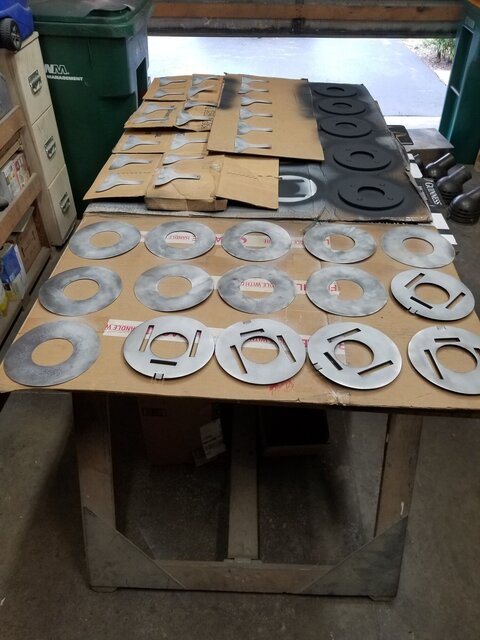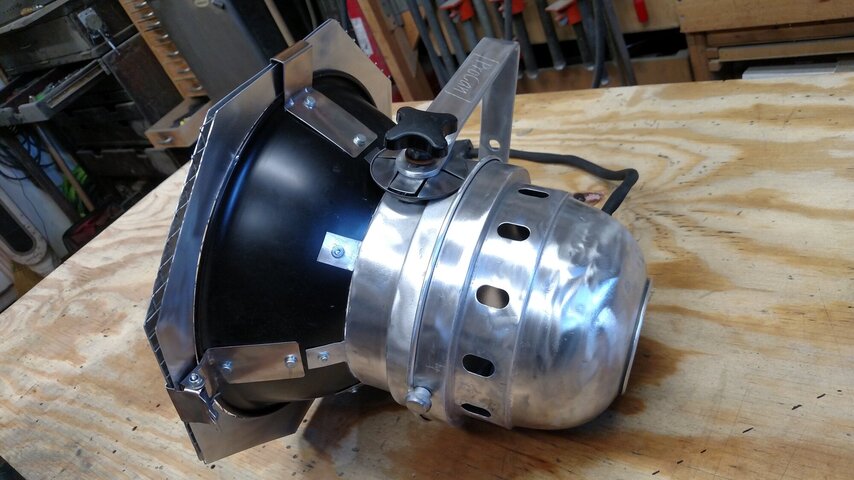Derek and others already took the thunder out of any fire I might have.
Yes photos of the
fixture/wiring/
plug type/Lamp
socket condition amongst other things that on school break a student cannot get.
Also that the student without the authorized teacher managing the lighting gear cannot be near
asbestos (probably) or be wiring lights without direct supervision. Interesting comment about
asbestos if I understand... scraped off. Meaning
asbestos inside the lighting cap is still there, and the lighting
fixture is even more unsafe given bare conductors to use.
None the less you have these now safe lighting fixtures I would prefer a photo of before commenting on work to be done. Yes! you can adapt to working and viable 2Kw CYX
halogen lamp, or convert to GE
Reveal, Philips Hough, or in general some form of prop light. All forms of conversion would be a good educational effort in restoration, and understanding modern technology for a class effort.
First step before one can preserve or convert a
fixture however is it's preservation and restoration. Not worth your effort if the light is going to rust away soon, or the lamp
socket you would use is not able to conduct, or your wiring would be dangerous
etc.
One of my staff during the pandemic, with forced cooling even at one
point had an antique
cannon of a 8"
Leko converted to
RGB LED with serious output. This as opposed to well over two dozen 6x16 L&E
Leko's I conveted to 100w GE
Reveal lamp fixtures, also with output.
Purpose/goal,
restore, figure out how and what is it's new purpose or need. After that, anything is possible once a stable
platform of lighting
fixture to work with. Can even teach you how to make a G-38 to E-26 lamp
socket conveter based on the
LCL of the lamp used seat height.. or sell you something I invented (off
line only).



